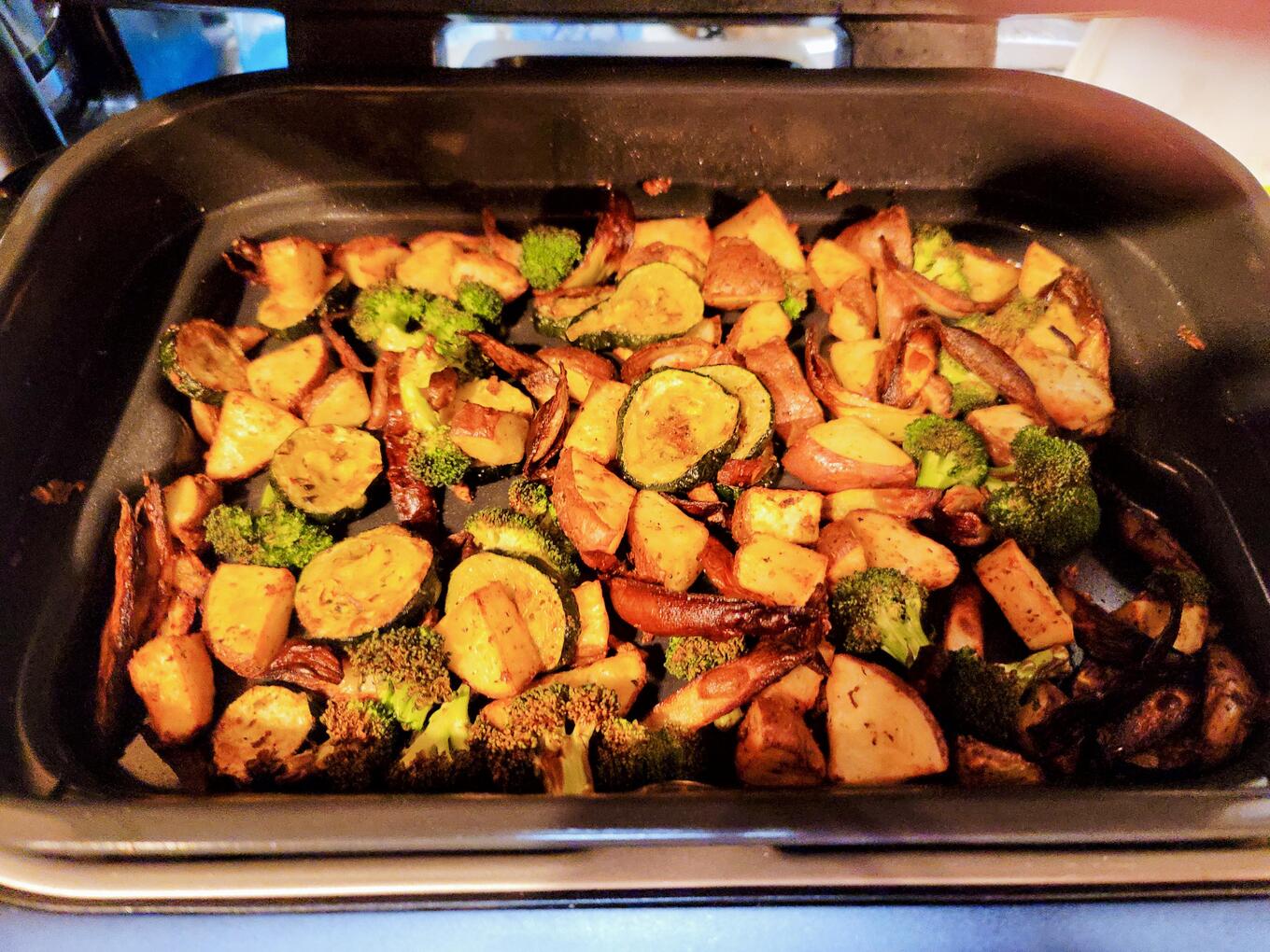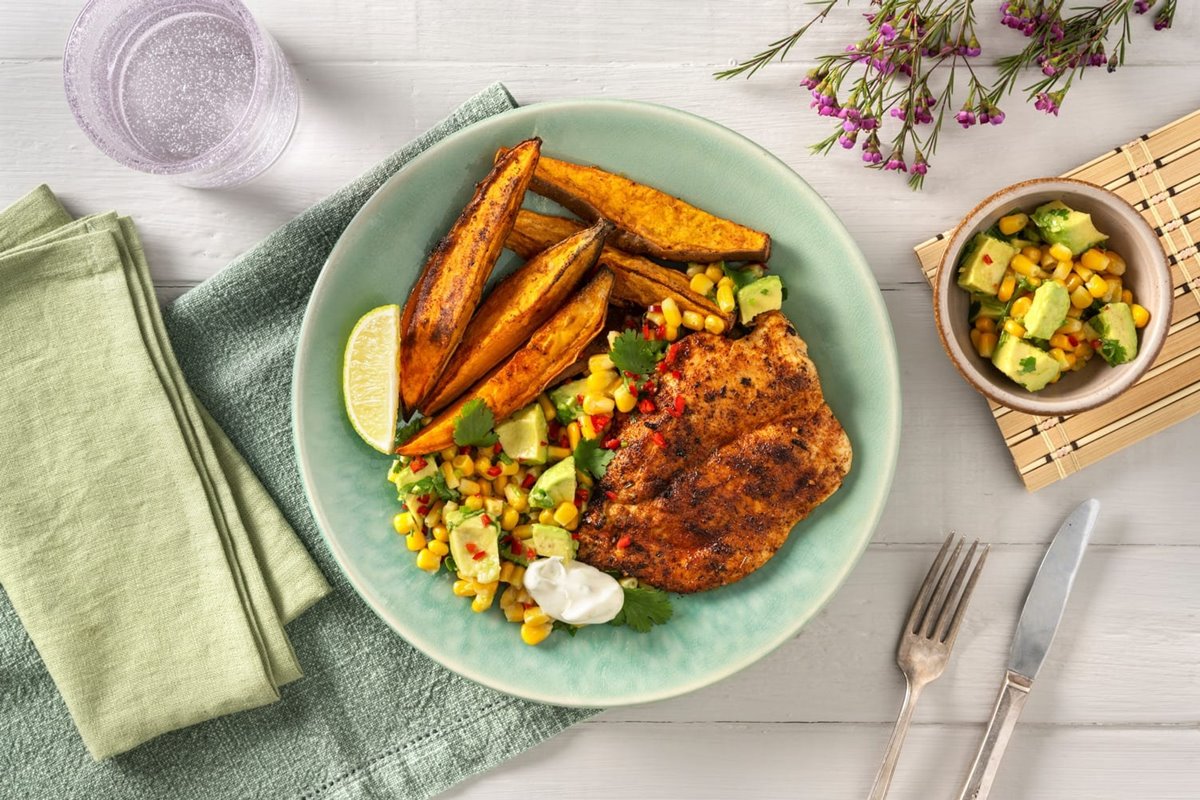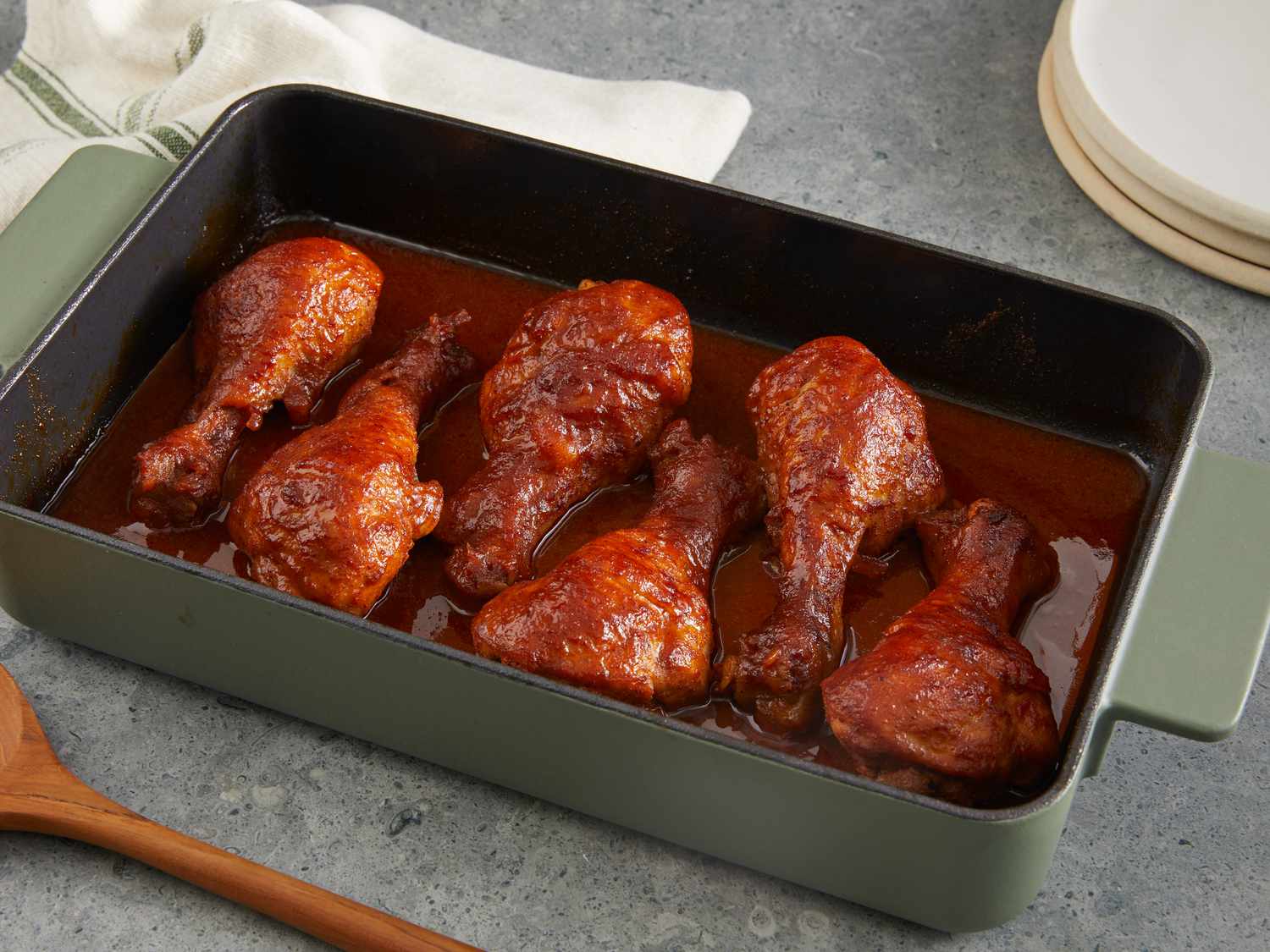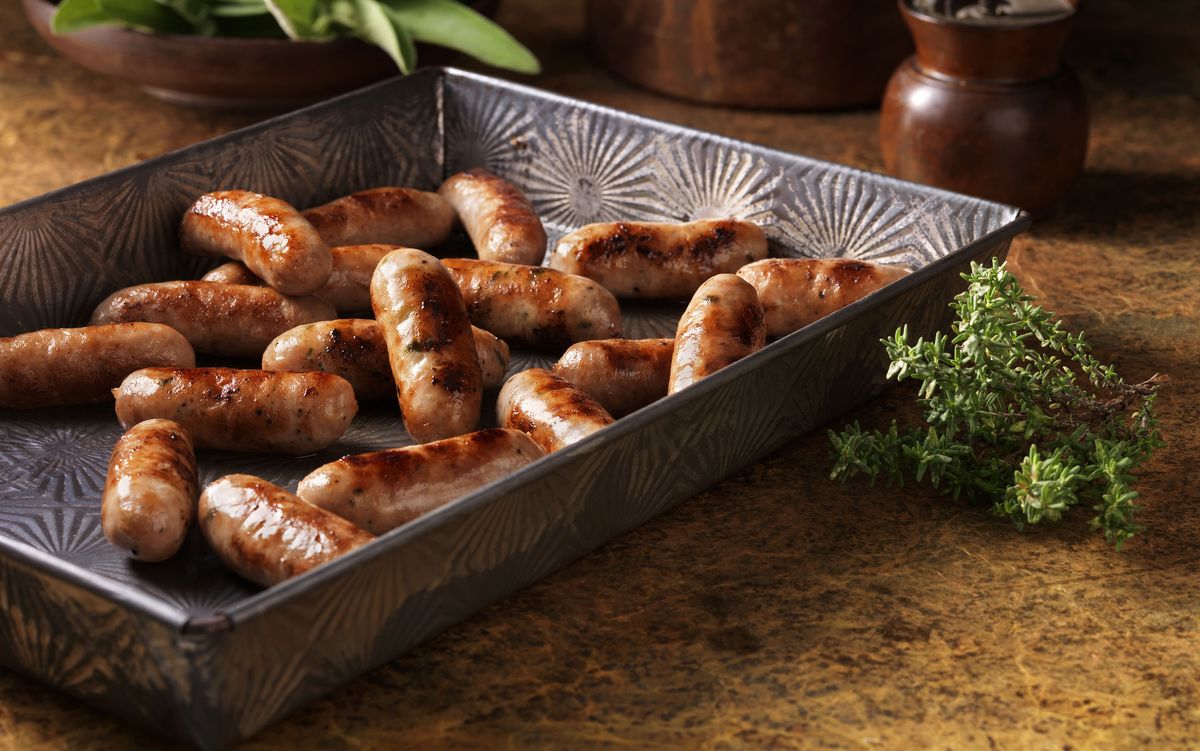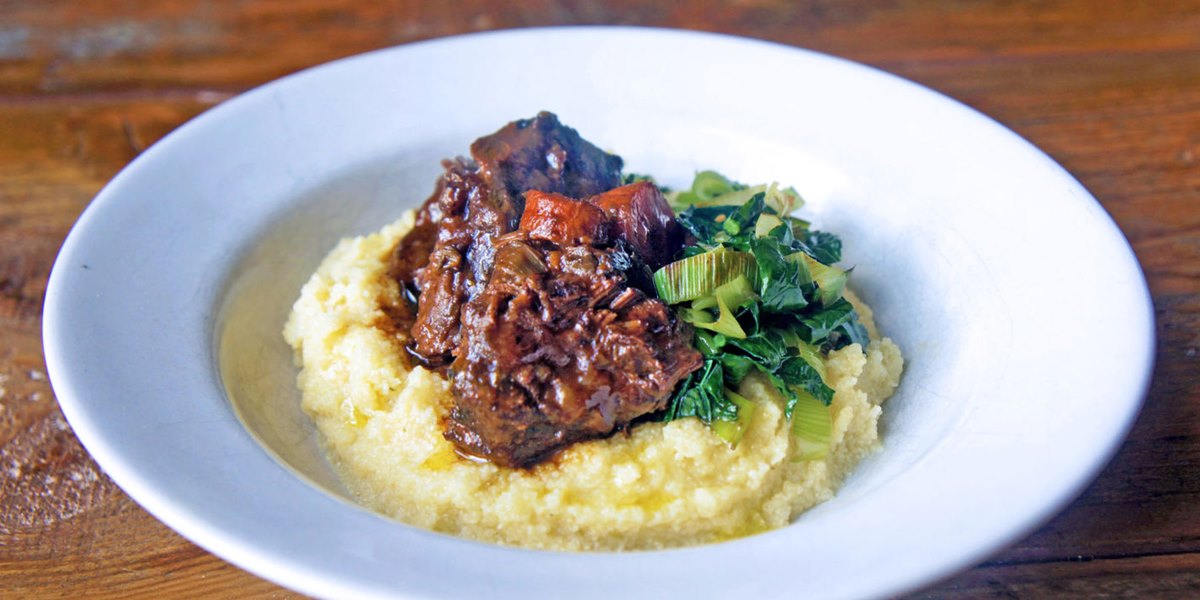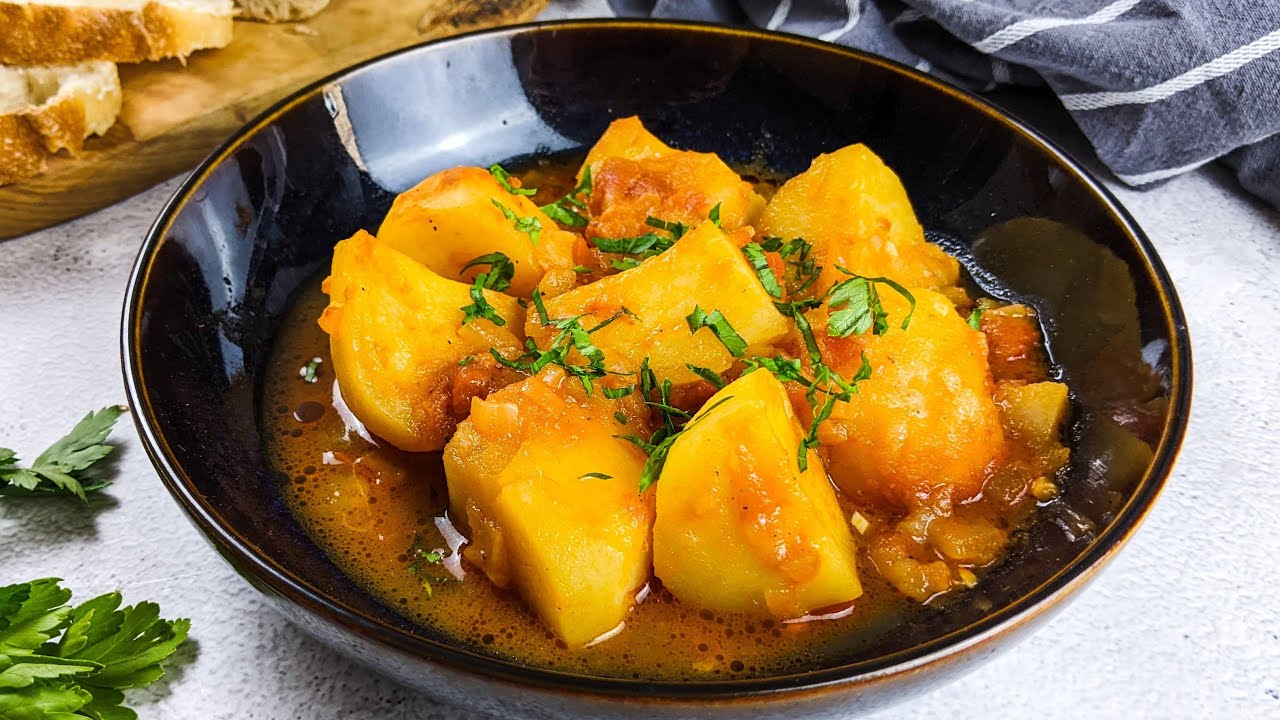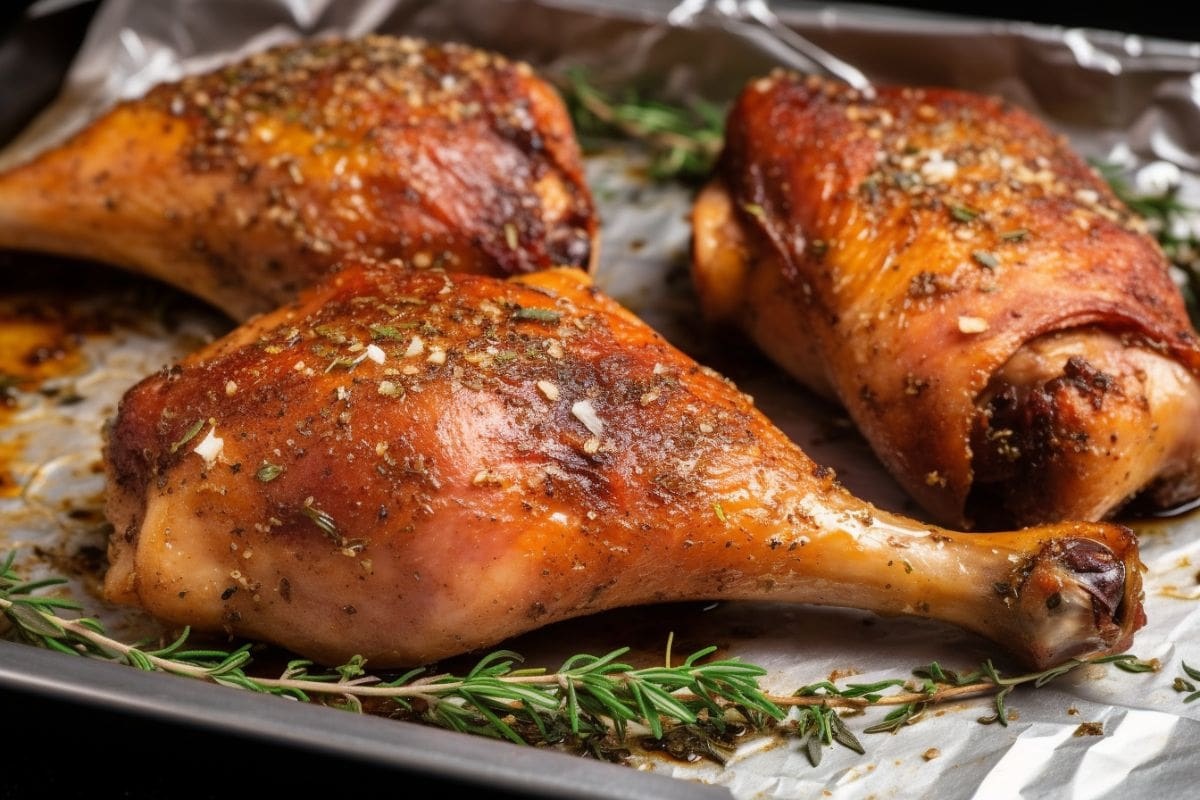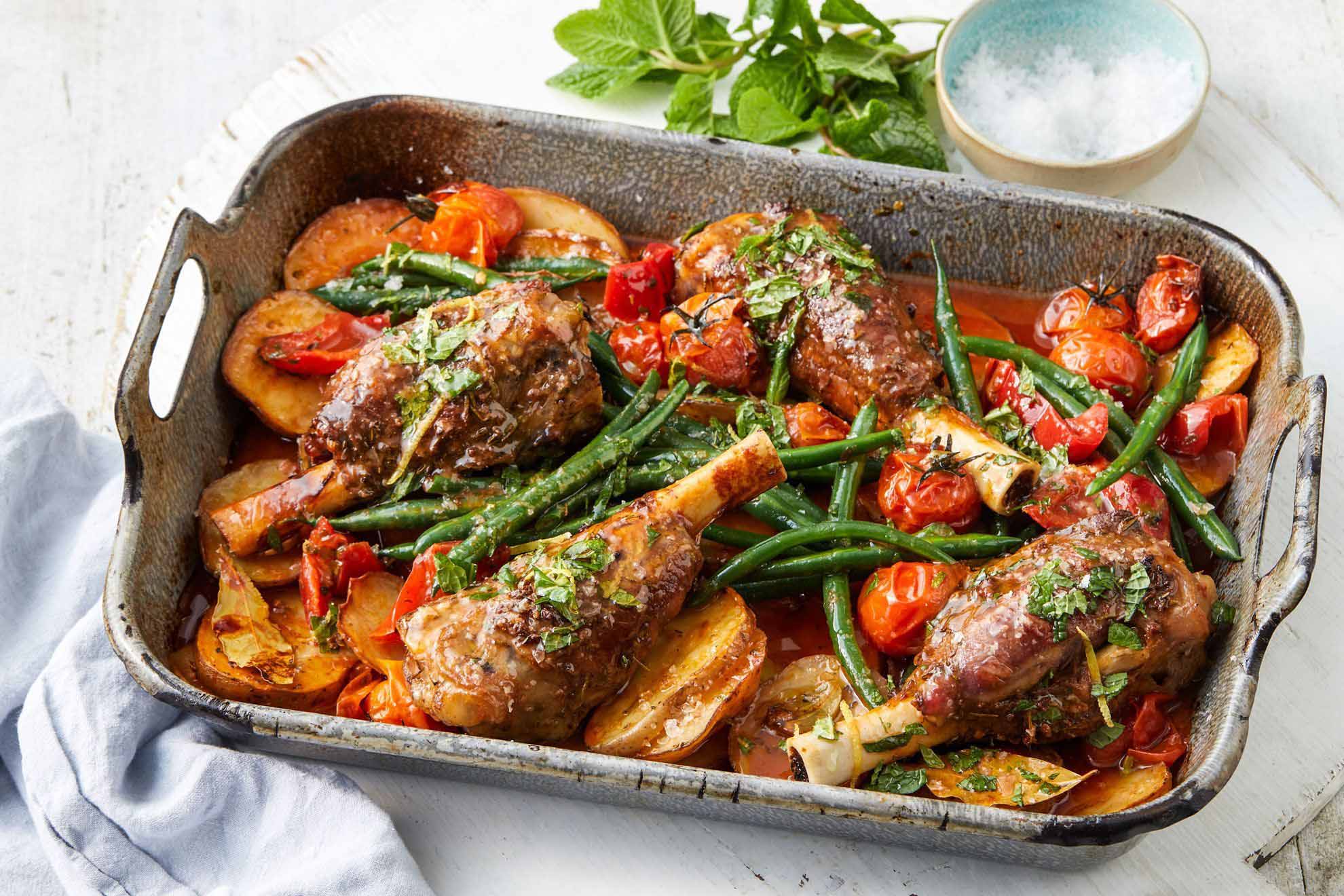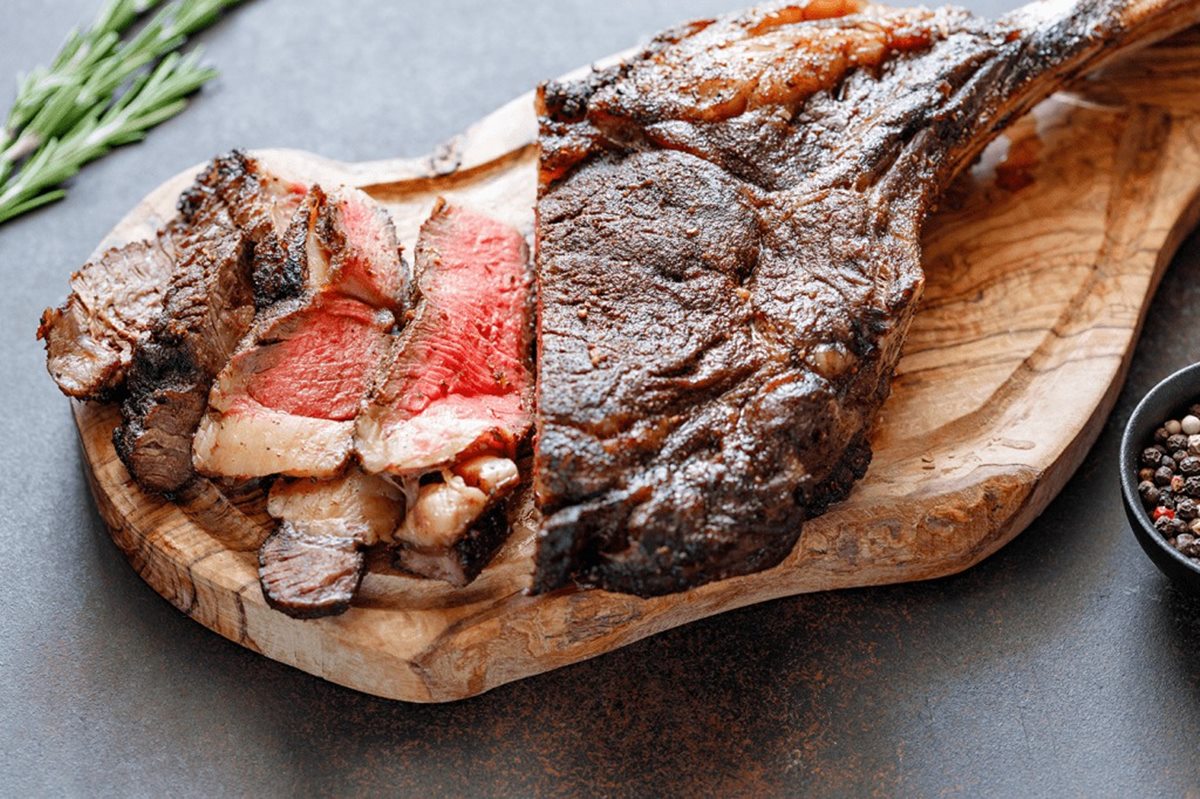Roasting vegetables can transform simple produce into a flavorful, crispy delight. The secret lies in a few key steps: choosing fresh veggies, cutting them uniformly, and seasoning well. High heat ensures caramelization, while a good oil helps achieve that golden-brown finish. Spacing them out on the baking sheet prevents steaming, giving each piece a chance to crisp up. Whether you’re a seasoned cook or just starting, mastering these tips will elevate your veggie game. Ready to turn those humble carrots, potatoes, and broccoli into something special? Let’s dive into the details of perfect roasting.
Gather Your Ingredients for Perfectly Roasted Vegetables
The Secret to Perfectly Roasted Vegetables
-
Vegetables:
- 2 cups carrots, peeled and chopped
- 2 cups broccoli florets
- 2 cups bell peppers, sliced
- 2 cups zucchini, sliced
- 1 red onion, sliced
-
Seasoning:
- 3 tablespoons olive oil
- 1 teaspoon salt
- 1/2 teaspoon black pepper
- 1 teaspoon garlic powder
- 1 teaspoon dried thyme
- 1 teaspoon dried rosemary
-
Optional:
- 1 tablespoon balsamic vinegar
- 1/4 cup grated Parmesan cheese
Essential Tools for Roasting Vegetables
Tools Needed for Perfectly Roasted Vegetables
- Baking Sheet: A large, flat surface ensures even cooking.
- Parchment Paper: Prevents sticking, makes cleanup easier.
- Sharp Knife: For cutting vegetables into uniform pieces.
- Cutting Board: A stable surface for chopping.
- Mixing Bowl: Toss vegetables with oil and seasonings.
- Measuring Spoons: Accurate measurements for spices and oil.
- Tongs: Handy for flipping vegetables halfway through roasting.
- Oven Mitts: Protects hands from hot surfaces.
- Timer: Keeps track of cooking time.
- Spatula: Helps remove vegetables from the baking sheet without breaking them.
Cut vegetables evenly, toss with olive oil, salt, and pepper. Roast at 425°F, flipping halfway. Use a single layer on the baking sheet for crispiness.
Why Perfectly Roasted Vegetables Are Worth the Effort
Perfectly roasted vegetables bring out natural sweetness and enhance flavors. Roasting creates a crispy exterior while keeping the inside tender. This method also preserves nutrients better than boiling. Using high heat caramelizes sugars, adding depth to taste. It's a simple way to make veggies more appealing and delicious.
Step-by-Step Guide to Perfectly Roasted Vegetables
-
Choose the right vegetables: For perfectly roasted vegetables, select a variety of colors and textures. Root vegetables like carrots, potatoes, and beets work well, as do cruciferous veggies such as broccoli and cauliflower.
-
Preheat your oven: Heating your oven to 425°F (220°C) ensures vegetables cook evenly and get that deliciously crispy exterior.
-
Cut vegetables evenly: Ensure all pieces are about the same size for uniform cooking. Larger chunks take longer, while smaller pieces might burn or dry out.
-
Use a large baking sheet: Spreading vegetables out on a large, rimmed baking sheet prevents overcrowding and allows heat to circulate, browning everything nicely.
-
Don't skimp on oil: Coat vegetables generously with olive oil or another high-heat oil. This promotes caramelization and prevents sticking to the pan.
-
Season well: Before roasting, season vegetables with salt, pepper, and any other desired herbs or spices. Garlic powder, rosemary, and thyme are excellent choices.
-
Arrange with space: Place vegetables in a single layer with space between them. Crowding can lead to steaming rather than roasting, which affects texture and flavor.
-
Stir halfway through: To ensure even browning and cooking, stir or flip vegetables halfway through the roasting time.
-
Test for doneness: Vegetables are done when they are tender inside and crispy on the outside. Testing with a fork can help determine if they're cooked through.
-
Finish with a splash: After removing from the oven, a light drizzle of balsamic vinegar or a squeeze of lemon juice can add a bright, acidic contrast to the rich, roasted flavors.
-
Serve immediately: Roasted vegetables are best enjoyed fresh from the oven, while they're still warm and crispy.
Mastering the Art of Roasting Vegetables
Roasting vegetables is more than just a cooking method; it's a way to transform simple ingredients into a dish bursting with flavor. Remember, choosing fresh veggies, cutting them uniformly, and seasoning generously are key steps. Don't skimp on oil and always give them space on the pan. High heat is your friend here, helping to caramelize the outside while keeping the inside tender. Experimenting with different herbs and spices can elevate your dish from good to unforgettable. And don't forget, stirring is minimal but crucial for that even golden-brown deliciousness. With these tips in hand, you're well on your way to mastering the art of roasting vegetables. So, grab those veggies, preheat your oven, and get ready to enjoy a dish that's as nutritious as it is tasty. Happy roasting!
Common Questions About Perfectly Roasted Vegetables
How do I get my vegetables evenly roasted?
Cut your veggies into similar-sized pieces. This way, they cook at the same rate. Also, spread them out on the baking sheet. Crowded veggies steam instead of roast.
What temperature should I use for roasting?
Set your oven to 425°F (220°C). This high heat helps veggies caramelize, giving them that delicious crispy exterior.
Should I use oil?
Yes, toss your veggies in a bit of oil. It helps them brown and keeps them from drying out. Olive oil works great, but you can use any oil you like.
How often should I stir the vegetables?
Give them a good stir halfway through cooking. This ensures they roast evenly and get crispy on all sides.
Can I season my veggies before roasting?
Absolutely! Season them with salt, pepper, and any herbs or spices you love. Garlic powder, thyme, and rosemary are great choices.
How do I know when my vegetables are done?
They should be tender and golden brown. You can poke them with a fork to check. If they’re soft inside and crispy outside, they’re ready.
Can I roast different vegetables together?
Sure, but keep in mind that some veggies cook faster than others. Start with the ones that take longer, then add the quicker-cooking ones partway through.
